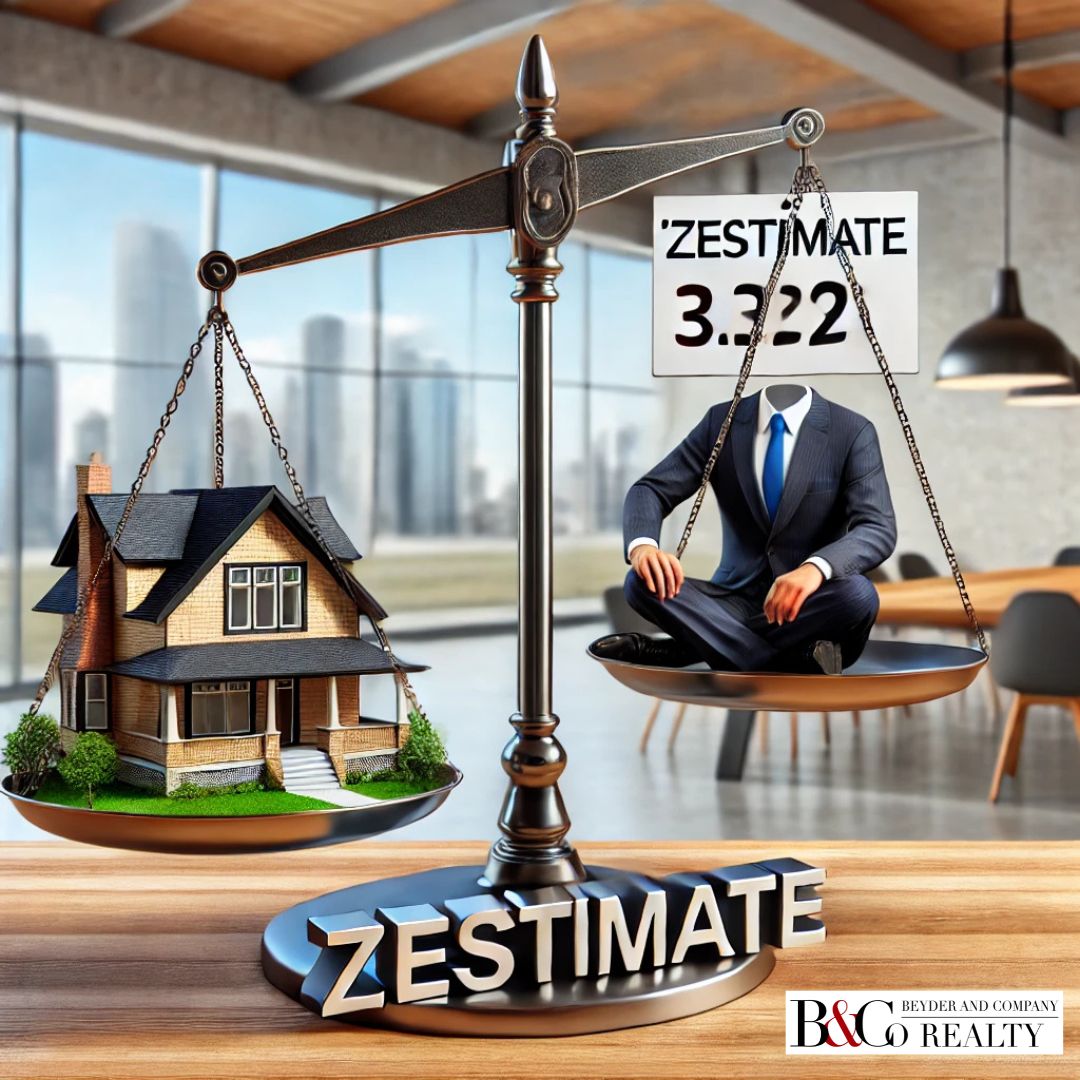It promised a “free, unbiased valuation” for 40 million homes, a concept so novel that America’s collective jaw hit the floor. The result? The site promptly crashed as over a million users flooded in, eager to discover the price tags of their homes—and, let’s be honest, their ex’s homes, too.
Fast-forward to today, and the Zestimate isn’t just a number. It’s a cultural phenomenon. It’s tracked like Bitcoin, dissected like a stock portfolio, and occasionally revered like a deity. Homeowners whisper prayers to it: “The Zestimate says my home is worth HOW MUCH? Bless this algorithm!” Others curse it, blaming it for everything from inflated egos to shattered dreams of real estate grandeur. It’s been sued, turned into memes, and even credited with fueling Zillow’s billion-dollar pandemic missteps.
The Zestimate: A Love-Hate Relationship
What makes the Zestimate so captivating? Its power lies in its simplicity and reach. In an instant, anyone can uncover the estimated value of nearly any property in the U.S. Zillow transformed real estate from a guarded industry into a public spectacle, democratizing access to information. But with great power comes great scrutiny.
The Zestimate isn’t perfect. It’s often a starting point—a teaser, not gospel. For homes actively listed on the market, it boasts an impressive margin of error, being within 2.4% of the sale price. But off-market properties? That margin balloons to 10%, which could translate to a $40,000 miscalculation on a $420,000 home. Those are numbers that sting, especially if you’re making decisions based on them.
Yet, like a ball tethered to a string, the Zestimate tends to align more closely with a home’s list price once it officially hits the market. Why? Because nothing beats real humans contributing real data. A seasoned real estate agent’s expertise, paired with actual market dynamics, will always outshine even the smartest algorithm.
A Tool or a Toy?
Despite its imperfections, the Zestimate has managed to embed itself into our daily lives. It’s the digital equivalent of a crystal ball—inviting us to snoop on our neighbors, fantasize about dream homes, and analyze properties we’ll never afford. Zillow didn’t just create a tool; it created a national pastime.
Let’s not forget its pop culture moment: an infamous Saturday Night Live skit where characters moaned over their Zestimate numbers as if they were experiencing forbidden joy. It struck a chord because, for many of us, obsessing over Zillow has become an oddly satisfying guilty pleasure.
The Real Impact on Real Estate
The Zestimate has undeniably influenced the real estate landscape. Sellers often anchor their expectations to it, while buyers use it as a negotiating tool. It’s become a conversation starter, a debate igniter, and sometimes, a deal breaker.
But here’s the catch: while the Zestimate is a genius marketing tool, it’s not a replacement for professional advice. Relying solely on it to set your home’s asking price or decide on a purchase can lead to disappointment. It’s like that one friend who’s endlessly entertaining but not entirely reliable—fun to have around, but you wouldn’t trust them to pick you up from the airport on time.
Why We Can’t Quit It
Love it or hate it, the Zestimate isn’t going anywhere. Its addictive appeal lies in its ability to keep us engaged, curious, and sometimes even a little obsessed. Zillow has successfully gamified real estate, turning casual browsing into an Olympic sport.
So, what’s the takeaway? Use the Zestimate as it was intended: a starting point. Then, bring in the professionals—your trusted Realtor, appraiser, or real estate advisor—who can provide context, expertise, and a reality check when needed.
Because at the end of the day, real estate isn’t just about numbers on a screen. It’s about people, homes, and the stories we build within them. And while the Zestimate might be the algorithm we love to hate, it’s also the one we can’t quite quit.





